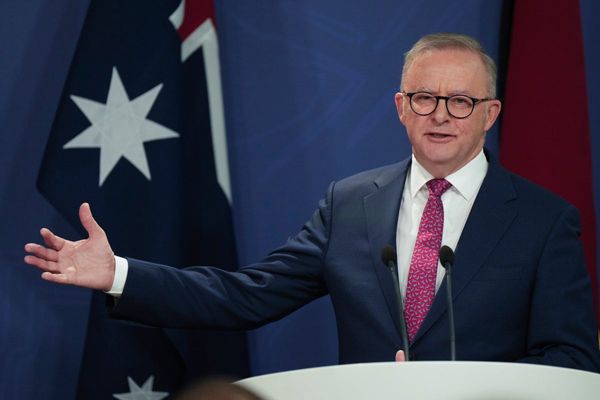
The government’s cap on energy prices, which sets the maximum amount that energy suppliers can charge customers on a default tariff, will raise energy bills for about 22m homes to almost £2,000 a year from April.
It was first introduced by the industry regulator, Ofgem, in early 2019 after the government called for a tool that could put an end to rip-off energy tariffs, and is calculated every six months to reflect the fair costs of supplying gas and electricity.
The catch? The energy price cap doesn’t always make energy prices affordable. Suppliers’ costs are soaring, which means Ofgem’s energy price cap has reached record levels, too.
Here’s how the average dual-fuel energy bill breaks down under the price cap.
Energy market prices
The wholesale market price of gas and electricity plays the biggest role in determining the average energy bill. For the winter energy price cap, effective last October, market costs made up more than 40% of the total cap, or £528 of the average £1,277 dual-fuel energy bill. But in the new price cap from April, the market cost is more than twice as high at £1,077.
Energy suppliers typically buy their gas and electricity from the market in advance, so Ofgem determines the cost of buying energy from the market by tracking wholesale prices over a period of six months ahead of the next price cap period.
For example, the price cap in place over the winter months was based on the rising market prices recorded between February and July. However, the new price cap poised to drive bills higher from April was based on surging market prices between August and January, when market prices reached record highs.
Experts have warned that market prices today could lead to even higher energy bills, of about £2,300 a year, by next winter.
Network costs and bust suppliers
The cost of maintaining the electricity wires and gas pipes that carry energy to homes, offices and factory sites is paid to regional energy network companies through a levy on energy bills, which typically makes up about 20% of the average energy price cap.
Ofgem is tasked with determining how much network companies are allowed to spend over set periods, and how much can be taken from energy bills. But in the latest energy price cap, customers will pay a higher rate for network costs to cover the cost of energy suppliers that have gone bust.
Energy companies that take on customers after the collapse of a supplier can claim “any reasonable additional, otherwise unrecoverable, costs” of taking on the customers, according to Ofgem. These claims, paid to energy companies by the distribution network companies, are recovered from consumers via their charges.
Over winter, network costs were £268 but in the latest energy price cap network costs have climbed to £371, including a £68 levy to cover the cost of collapsed suppliers, or 19% of the new cap.
Policy costs
These costs relate to government social and environmental schemes to save energy, reduce emissions and encourage take-up of renewable energy.
In recent months Conservative backbenchers have called on the government to drop some of these schemes to help relieve the pressure of rising energy bills on households, including the ECO scheme, which aims to upgrade home insulation for struggling households.
The proposals have been widely criticised by consumer groups and climate campaigners for doing more harm than good. Ofgem’s figures show that policy costs make up less than 8% of the new energy price cap at £153, down from £159 or 12% in the previous price cap.
Operating costs and supplier profits
The energy price cap allows for the costs incurred by suppliers to deliver billing and metering services to their customers, including the installation of smart meters, while making a reasonable profit.
Energy companies were allowed to claim operating costs of £204 from the average annual energy bill under the winter price cap, but under the new price the cost allowance has grown by almost 10%, to £220.
The increase is in part because Ofgem’s allowance for supplier profits, which is set at 1.9%, is now included within operating costs rather than shown as a seperate allowance. The winter price cap allowed energy suppliers to claim £23 from each default energy tariff as profit. Under the new cap they will make over £37.
VAT and other costs
VAT is set at 5% for energy bills, which for the winter price cap meant £61 for the Treasury from the average household. Under the new energy price cap the amount for each household is expected to climb to about £98, or more than £2.1bn in total.
The Treasury windfall led to calls ahead of the price cap announcement for the government to offer extra help to hard-pressed families by temporarily cutting VAT.
The price cap also allows for smaller costs including a slim margin for energy company profits.







